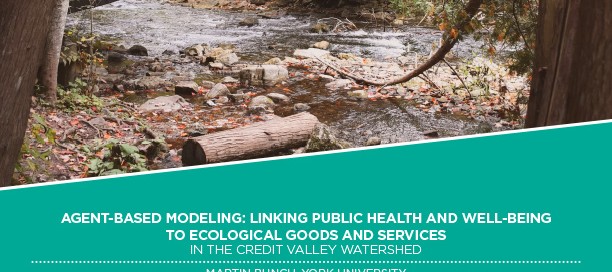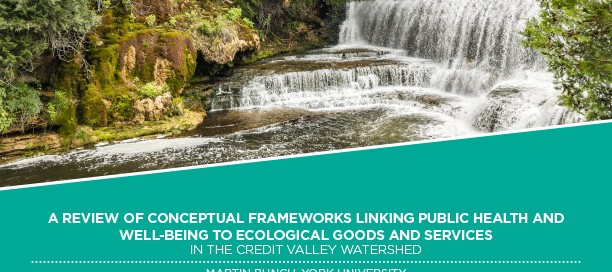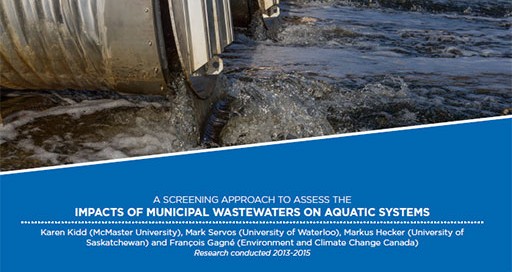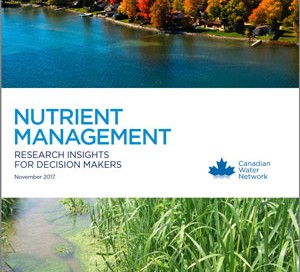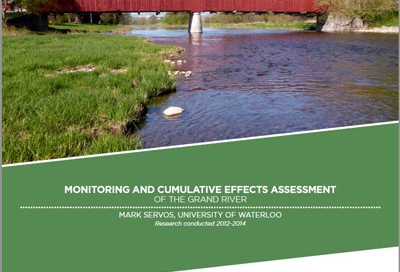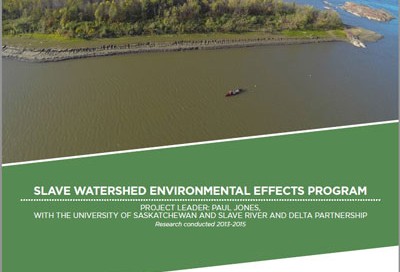Agent-Based Modeling: Linking Public Health and Well-Being to Ecological Goods and Services in the Credit Valley Watershed
The linkages between environmental interventions and public health benefits are not well-articulated, which means the potential co-benefits of environmental and public health interventions are underrealized. This project created a computer model to simulate and explore some of the critical relationships that exist between ecosystem health and public health and well-being in the Credit Valley Watershed. [...]


